Every Child is Gifted
Bring out your child’s fullest potential with our engaging and effective programs in brain training, mathemetics, and language development.

Gifted Brain Training
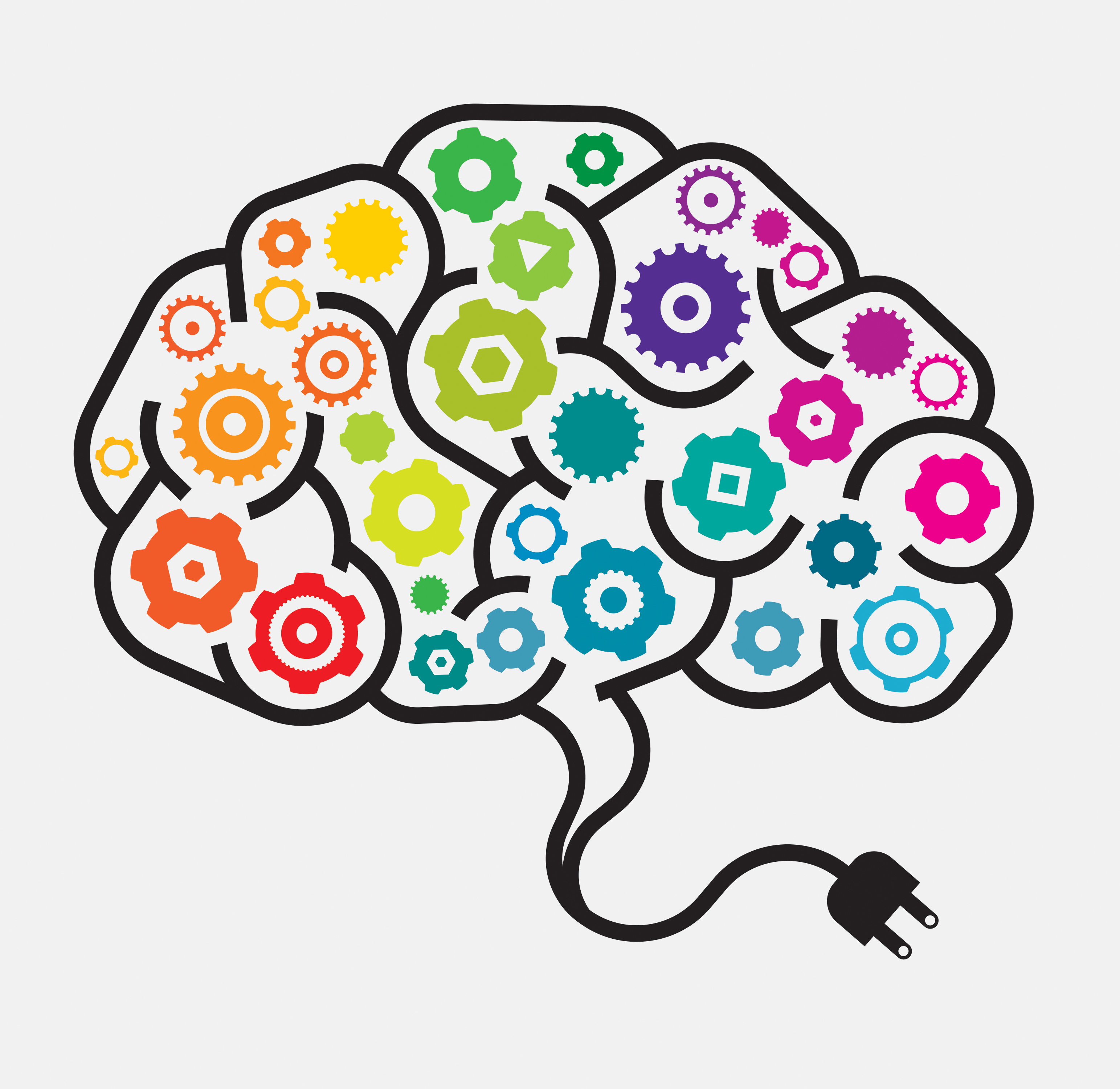
Getting into the gifted and talented program is not easy. Only the top 2% of all students are eligible for enrolment each year. Our early childhood brain training program is designed for children from JK to Grade.4. With our gifted training program, you child will learn to think in the way a gifted child thinks, analyze problems in a logical way, and problem solve with creativity. We have worked with experts and specialists in the gifted brain training field to increase your child’s IQ, mathematics and language skills, and spatial visualization abilities. Our program is tailored to prepare your child for Canada’s Gifted Screening Tests that are administered to all Grade.3 and 4 students.
How it works?
Once you have registered, You will have unlimited access to all sections of our brain training programs for all grade levels. One family membership covers every child in your family. With over 500 questions, your child will never get bored.
Comprehensive parent’s guide, tutorials, and practice questions are included in each module.
Our modules are based on the actual Canada gifted screening tests (CCAT/CoGAT), which include the following:
Verbal Battery
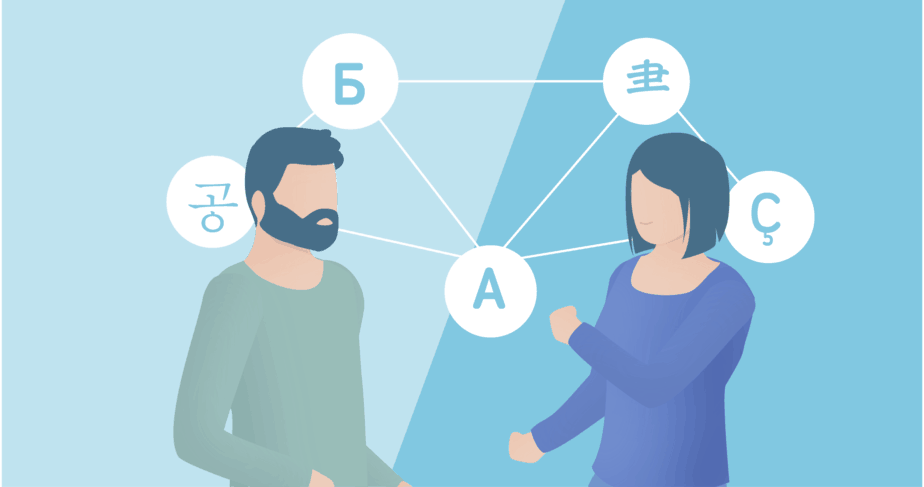
Verbal Reasoning
Verbal reasoning assesses students’ verbal reasoning skills. A test administrator will read the question and your child must think about the information provided and choose the picture that best answers the question.
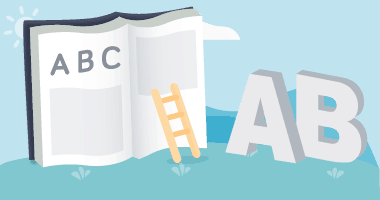
Oral Vocabulary
In the oral vocabulary sub-section, students are asked to select the picture that best illustrates the vocabulary word.
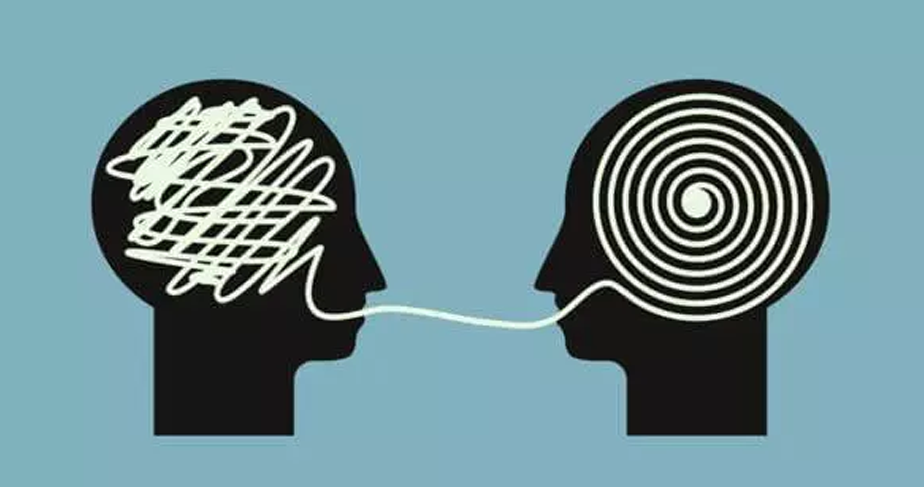
Verbal Analogies
In the Verbal Analogies sub-section, the first two words in the sentence go together in a certain way. Students must choose the answer that goes with the third word in the sentence the same way that the first and second words go together.
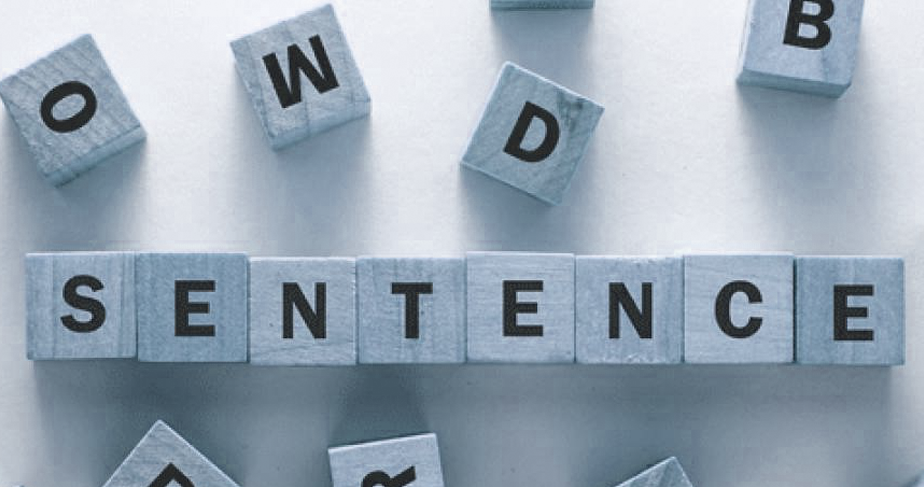
Sentence Completion
In the Sentence Completion sub-section, students are asked to choose the word that best completes the sentence.
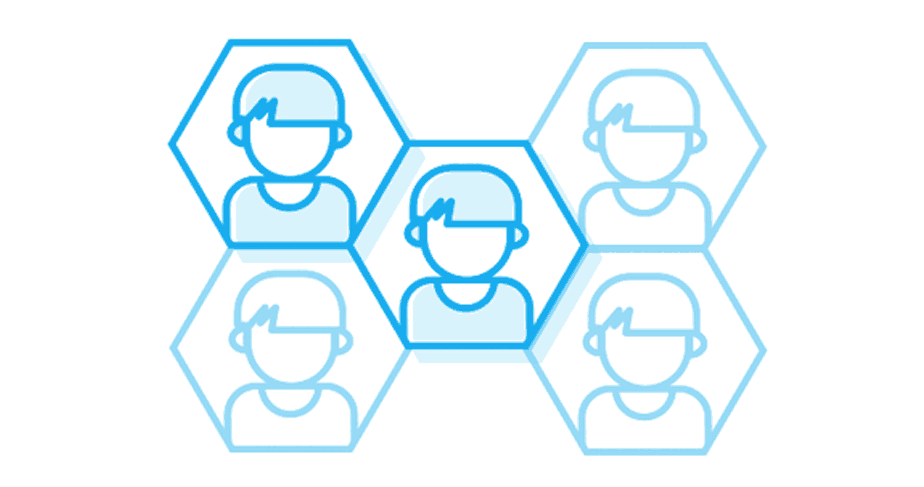
Verbal Classification
In the Verbal Classification sub-section, the 3 words in each question are alike/related in some way. Students are asked to choose one word from the 5 answer options that goes with the 3 words in the question in the same way.
Quantitative Battery
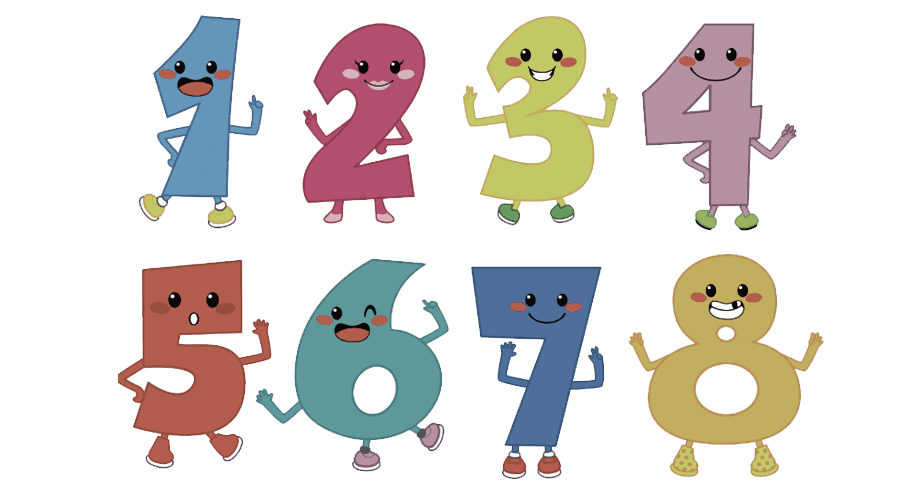
Quantitative Concepts
The Quantitative Concepts subsection tests students’ understanding of relational concepts. A test administrator will read the question and students must relate the information provided and choose the picture that best answers the question.

Relational Concepts
The Relationship Concepts subsection tests the students’ understanding of relational concepts. A test administrator will read the question and students must think about the information provided and choose the picture that best answers the question.
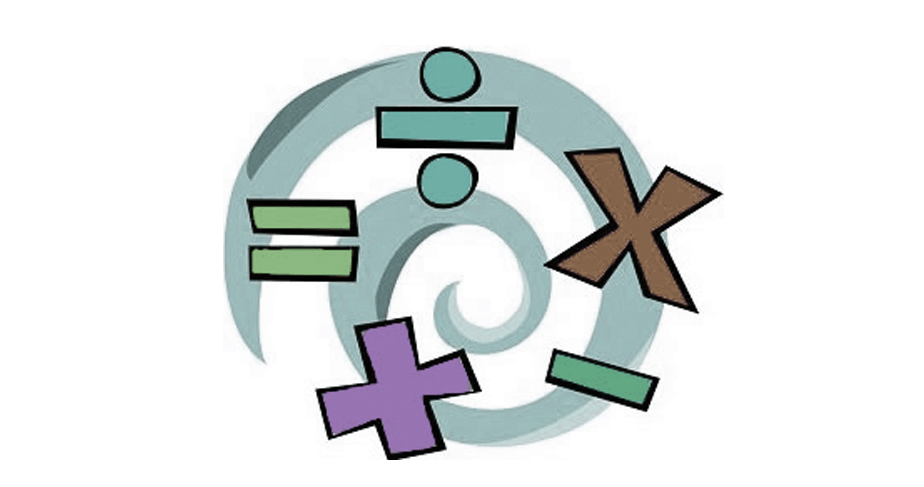
Equation Building
In the Equation Building sub-section, students are given a set of numbers and mathematical operation signs. Students are asked to arrange the numbers and the signs to come up with an equation that will give you a solution that is one of the answer choices.

Number Analogies
In the Number Analogies sub-section, students are given two pairs of numbers followed by a third number without its pair. The first two numbers are related in some way. Students are asked to determine the relationship between the numbers within the first two pairs and apply he same logic to the third number to find its pair.

Number Puzzles
In the Number Puzzles sub-section, students are given a mathematical equation. Students are asked to figure out the missing piece.
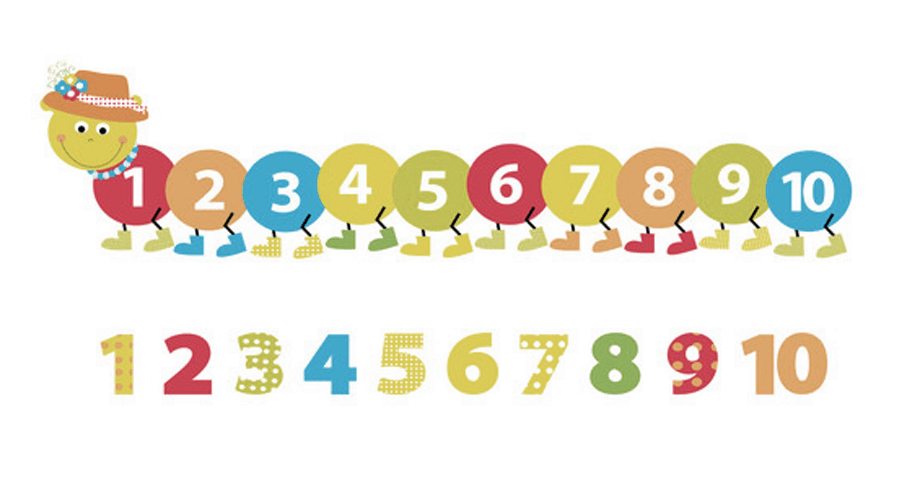
Number Series
In the Number Series sub-section, students are given a set of numbers in the first row. This order of these numbers are governed by a certain rule. Students are asked to figure out the rule and apply it to figure out the number that comes next from the answer choices.
Non-Verbal Battery

Figure Classification
In the Figure Classification sub-section, the first 3 images go together in some way. Students must choose one more figure in the rest of the row that goes with the first three in in the same way.

Figure Matrices & Analogy
In the Figure Matrices /Analogy sub-test, students are shown a pair of shapes that are related in some way. The student must determine how they are related and choose an answer that makes both sets related in the same way.

Paper Folding
In the Paper Folding subtest, the students are shown with pictures that show a piece of paper being folded. Then, one or more holes are punched into the paper. Students must determine how the hole- punched, folded paper will look once it is unfolded.
How We Differ?
For Involved Parents
We believe that a parent is a child’s most important teacher and advocate. No one will work with your child to build his/her abilities the way you will. With video guidance and parents’ guide, we will show you how. It’s easy and fun.
Brain Training and Skill Building
Our expert team in gifted education has developed a program to build math, languages, logical thinking, creativity, and logical thinking skills while developing the brain training needs to prepare your child for the gifted education screening and program.
Ontario Specific Test Prep
Our program is the only program designed to tackle each area of the Ontario Gifted Screening Test. By taking our program, you are significantly increasing your child’s chance of getting into Ontario’s most pretige gifted education program.
Affordable
One family member covers for all the brain training needs for all your children from JK to Grade.4. You can join our program for less than the cost of one tutoring session in Ontario.
Online and Offline Access
Your content goes here. Edit or remove this text inline or in the module Content settings. You can also style every aspect of this content in the module Design settings and even apply custom CSS to this text in the module Advanced settings.
Continual Support and Improvement
We are constantly adding new material, guidance documents, and tips and tricks to help you and your child succeed. With your membership, any additional resources will be 100% free of charge for you and your family.
FAQ
What is Giftedness and why would I want to enroll my child into a Gifted Program.
The Ontario Ministry of Education defines Giftedness as “an unusually advanced degree of general intellectual ability that requires differentiated learning experiences.”.
Gifted learners require opportunities to learn at a faster pace and with their intellectual peers to stimulate their intellectual growth and achieve their full potential. In Ontario, learning experiences that are broader and deeper than those normally provided in the regular classroom are provided for gifted students only. They can be delivered through individual education plans, differentiated instruction, acceleration, curriculum compacting, cluster grouping and many other strategies.
Is Giftedness Born or Develop?
No child is born gifted – only with the potential for giftedness.
Based on numerous research conducted in children intellectual development, we know that although all children have amazing potential, only those who are fortunate enough to have opportunities to develop their uniqueness in an environment that responds to their particular patterns and needs will be able to actualize their abilities to high levels. This is why brain training from a young age is essential for giftedness development.
Even if your child is born smart, he/she still needs the proper guidance and brain training that challenge and support him/her in order to fully develop his/her abilities.
What age should I start Brain Training for Giftedness?
The earlier the better! Before the age of 5, children are most susceptible to learning because their brains are growing and developing rapidly. That’s why our brain training program starts from the pre-school level and progressively gets more challenging to prepare your child for the big Gifted Screening Test when he/she reaches grade 3/4.
Which Gifted Screening Tests are your program based on?
To maximize the chance of your child getting into a gifted program in Canada, we have based our brain training program on the most common cognitive and IQ tests used in various school boards across the province.
Our Gifted Brain Training program contains training modules based on the Canadian Cognitive Abilities Test (CCAT).
What if my school board doesn't administer universal gifted screening test?
Most school boards do offer an universal gifted screening test for students in grade 3 or grade 4. If your specific school board doesn’t offer universal gifted screening, you can always get your child assessed by a qualified psychiatrist.
Is it considered as cheating if I prep my child for the gifted screening tests?
No, unlike most test prep programs, our program does not give you the same questions as the gifted screening tests. Instead, we developed our own program to train your child’s brain to think in a “gifted” way, including the ability to comprehend abstract ideas, problem-solve, recognize patterns, apply logic, improve memory and processing speed, etc.
